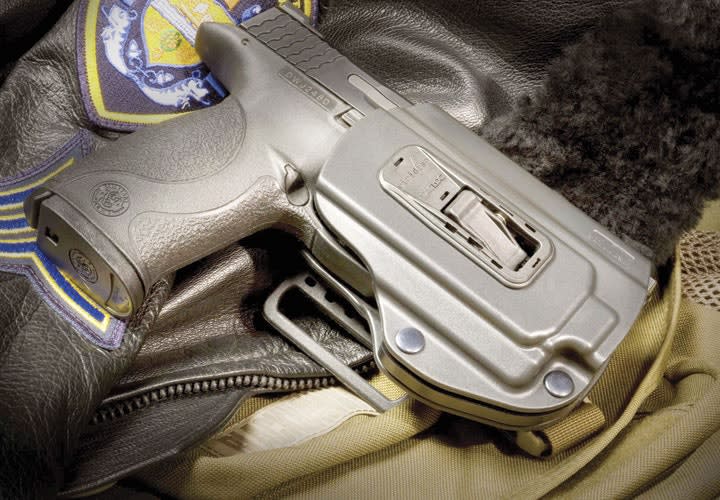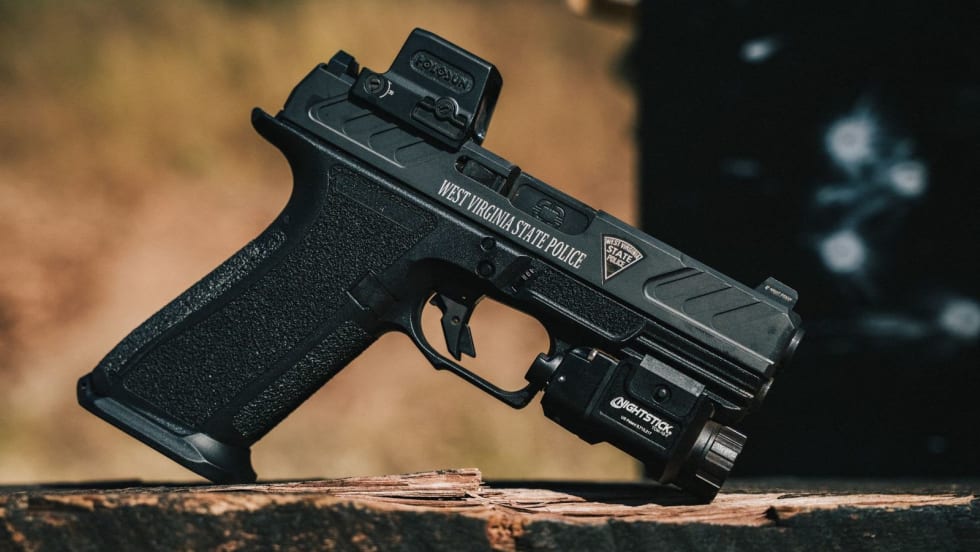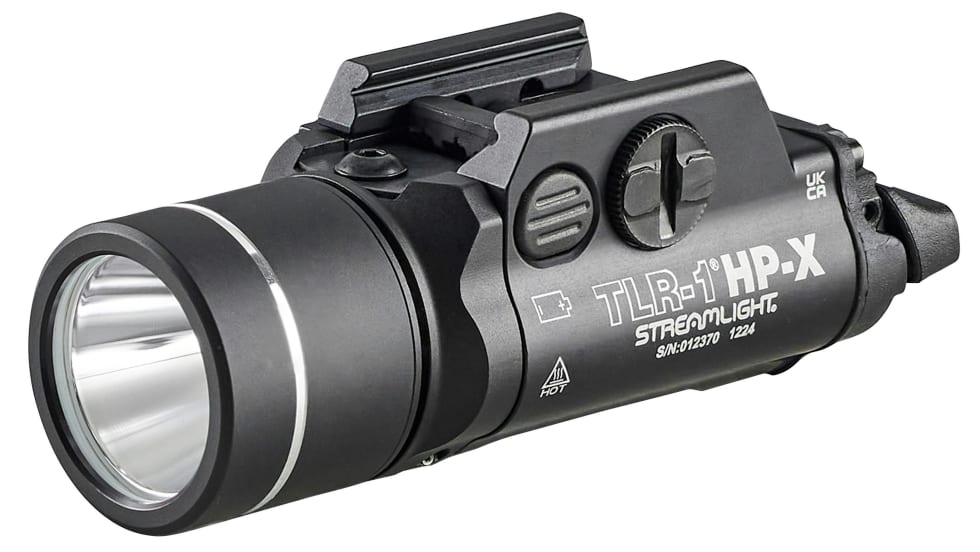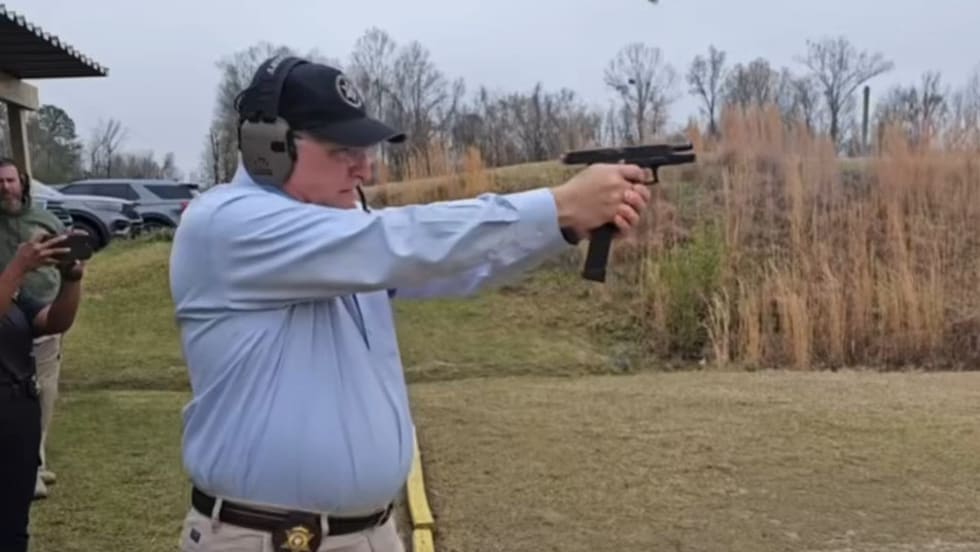In the world of duty holsters security equates to the ability of the holster to prevent a bad guy from taking your gun no matter how many switches, levers, bales, hoods, buttons, snaps, twists, or rocking motions required. Safety equates to your ability to rapidly draw and deploy your firearm in a crisis situation no matter how many switches, levers, bales, hoods, buttons, snaps, twists, or rocking motions you must defeat. Finding the "sweet spot" between security and safety is entirely up to you and highly dependent on your level of competence with a particular holster.
The only way to develop competency is practice—and a lot of it. It takes about 5,000 perfectly practiced draws to achieve a mastered level of competence with a holster—some argue 10,000. Remember, it's a highly perishable skill requiring continued practice—100 draws each day before your shift. You'll be surprised how quickly you can accomplish that task.
Fit the Gun
Firearm manufacturers can change their gun specifications from time to time. Different manufacturers have totally different specifications for what is essentially the same gun. This is especially true for the 1911 series of pistol with a weapon-mounted accessory rail for a light, laser, or combination unit. Colt, Kimber, Springfield, SIG Sauer, and many others make a 1911 with a rail. They are all great guns, but one single holster designated for a 1911 with accessory rail will not fit all those guns. Some will be too loose; some too tight; and some will be just right—it's kind of like "Goldilocks and the Three Bears."
So, make sure your gun fits the holster you want. And the only way to do it is to try your gun in that holster. It should hold the gun securely and not allow it to rattle around. Additionally, it should not bind during the draw stroke or be too hard to re-insert. When the adrenaline is pumping you want both the draw and re-holstering to go smoothly from muscle memory. This area too benefits from repeated perfect practice.










